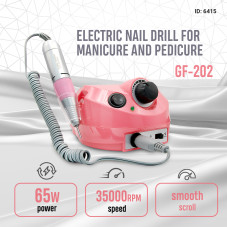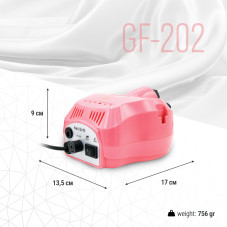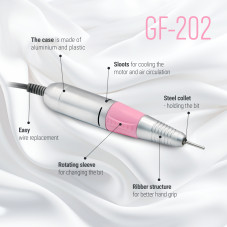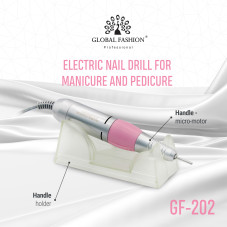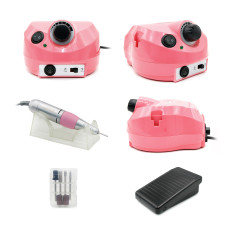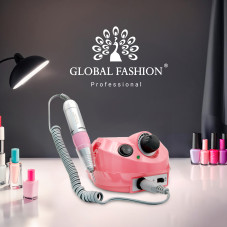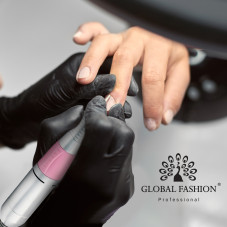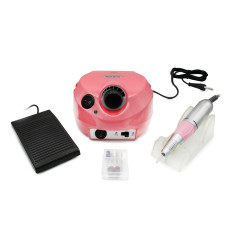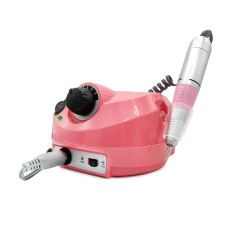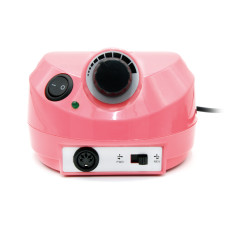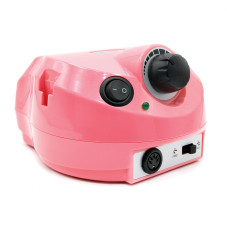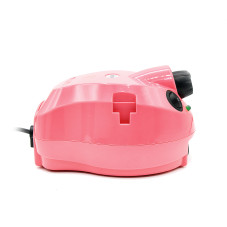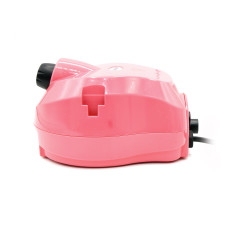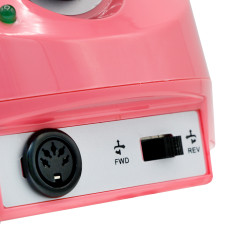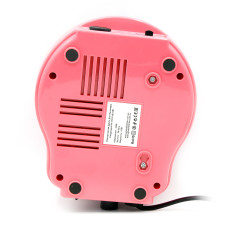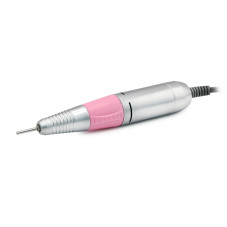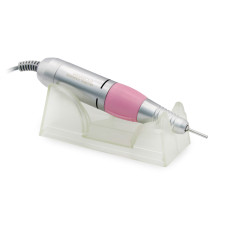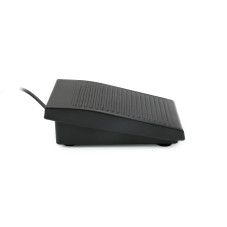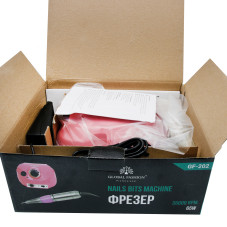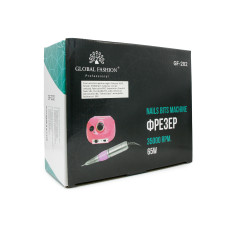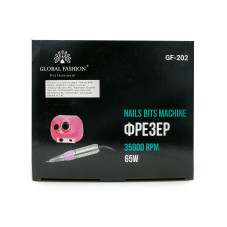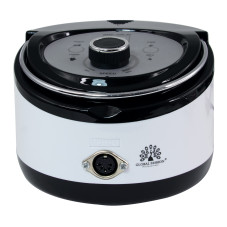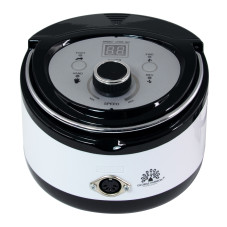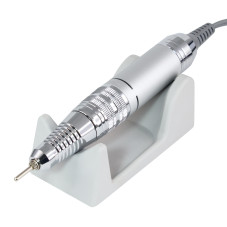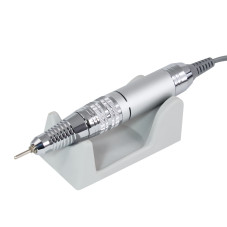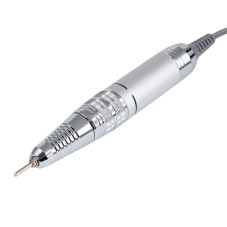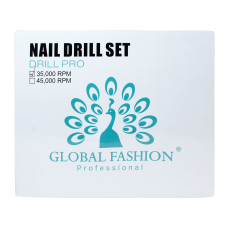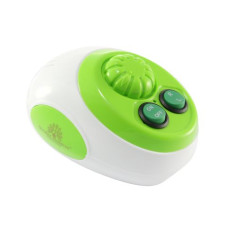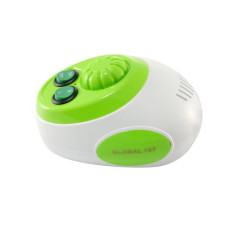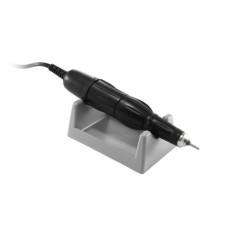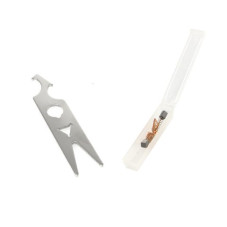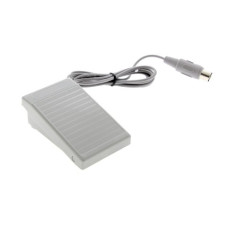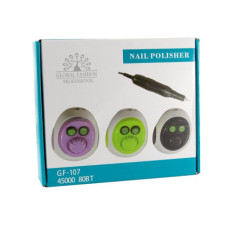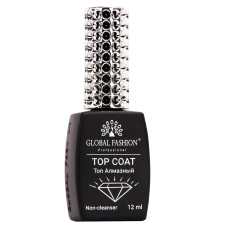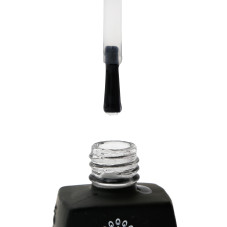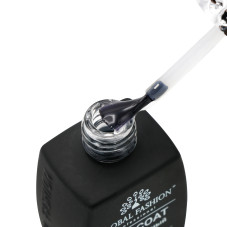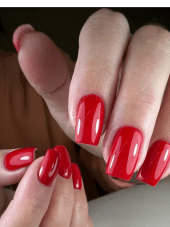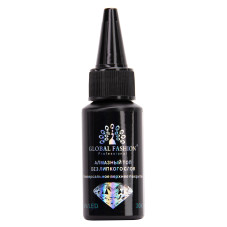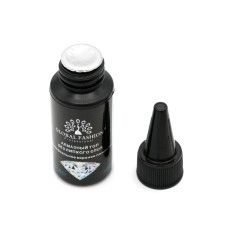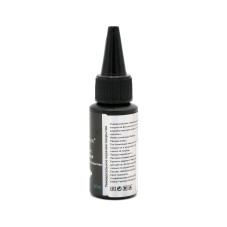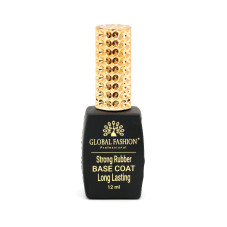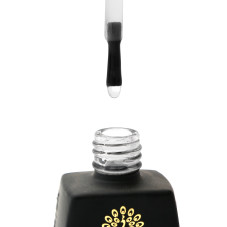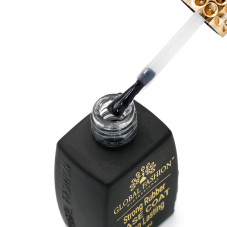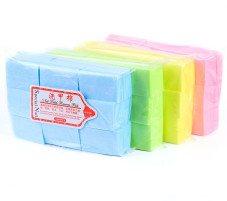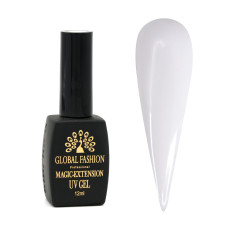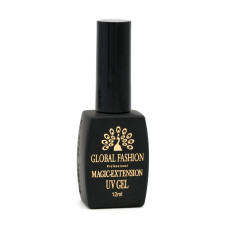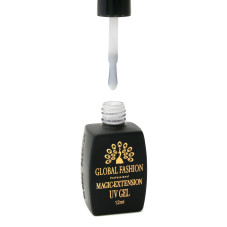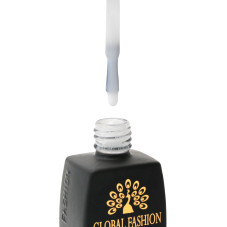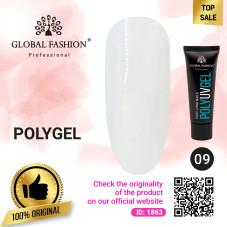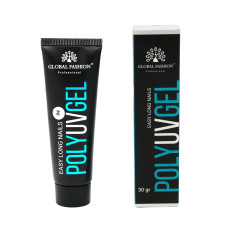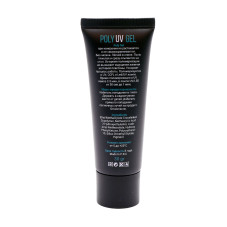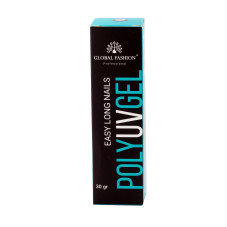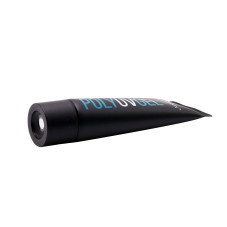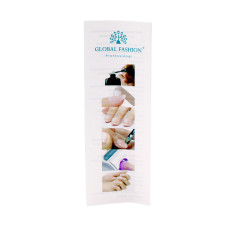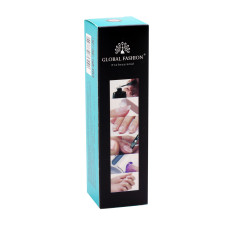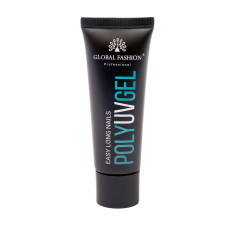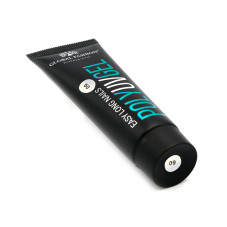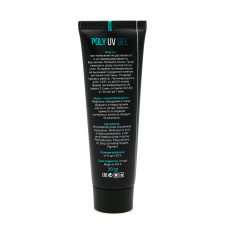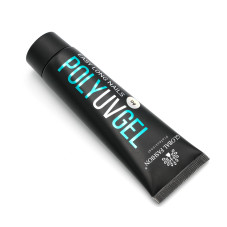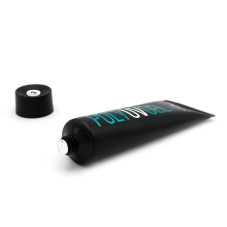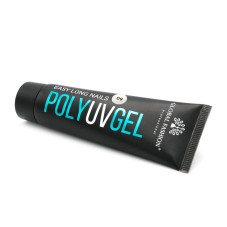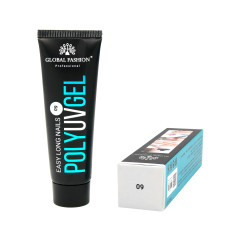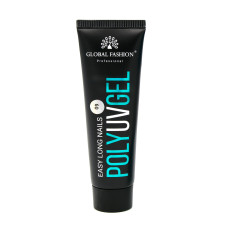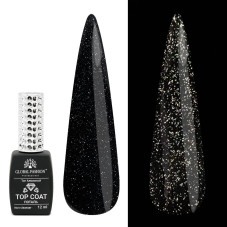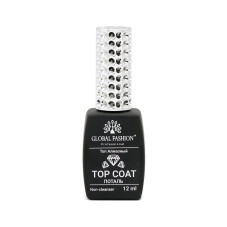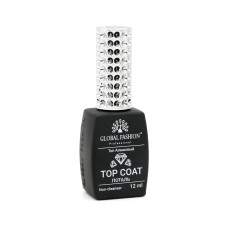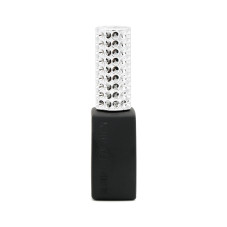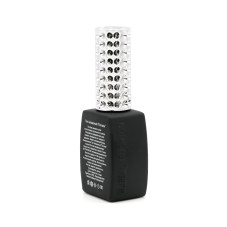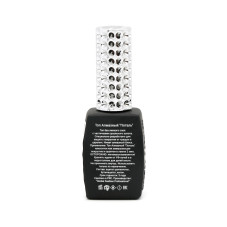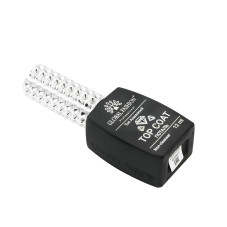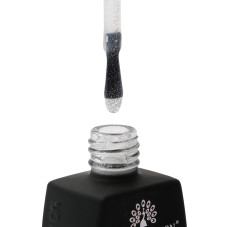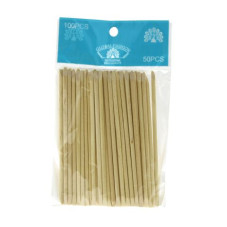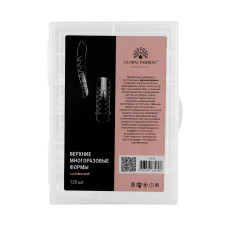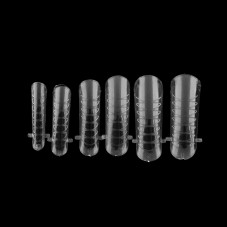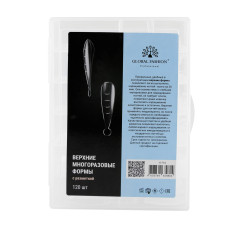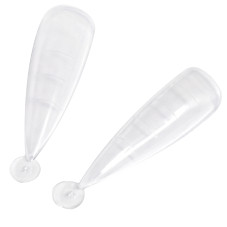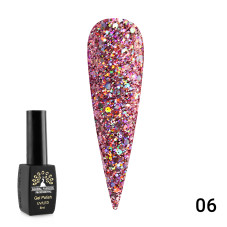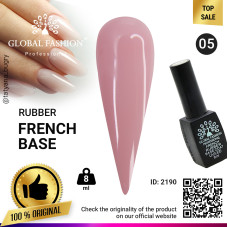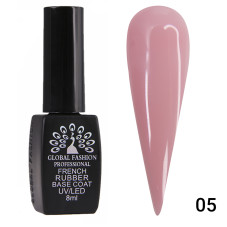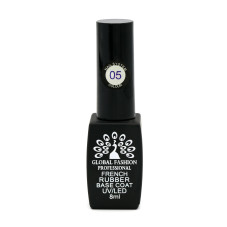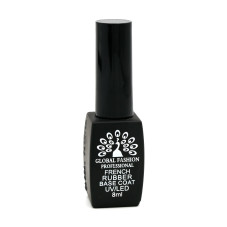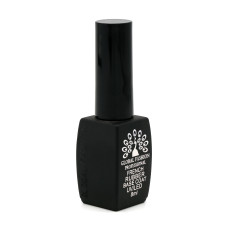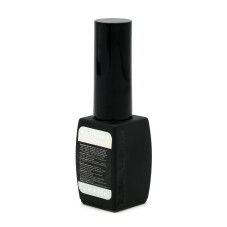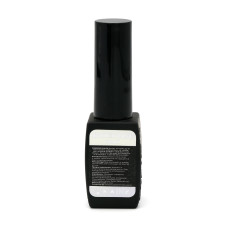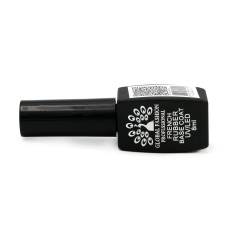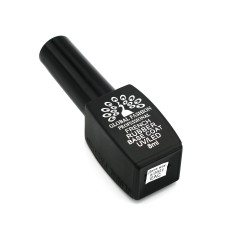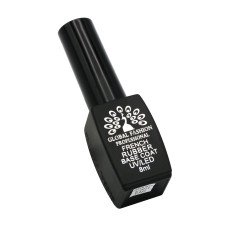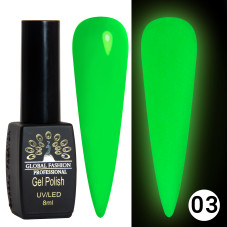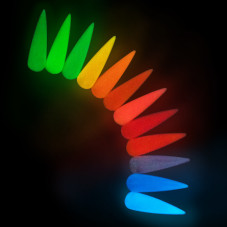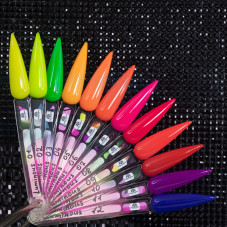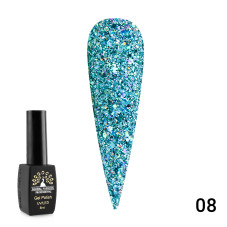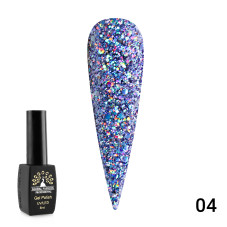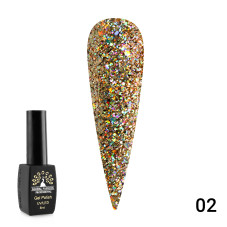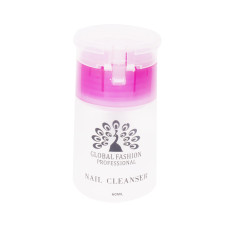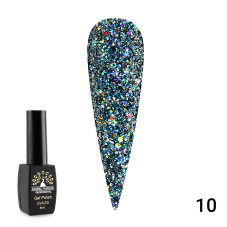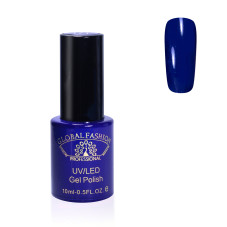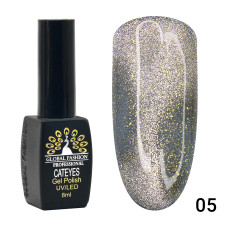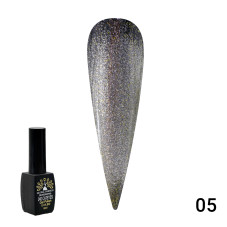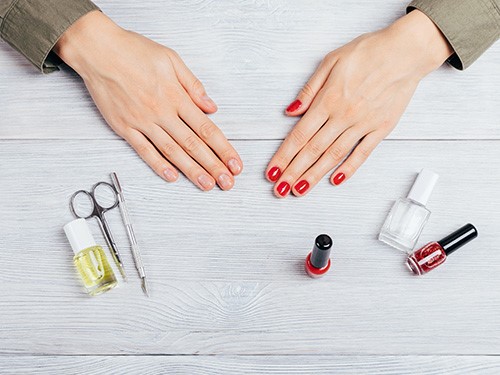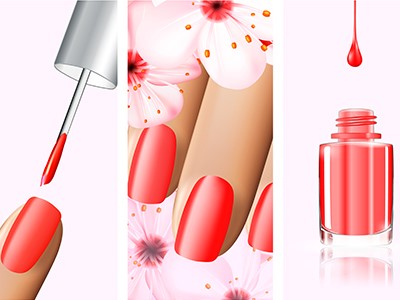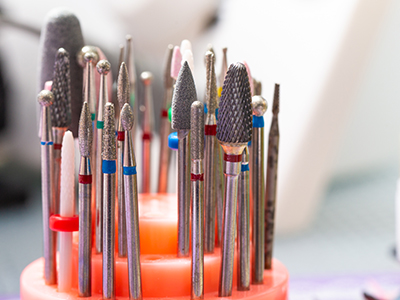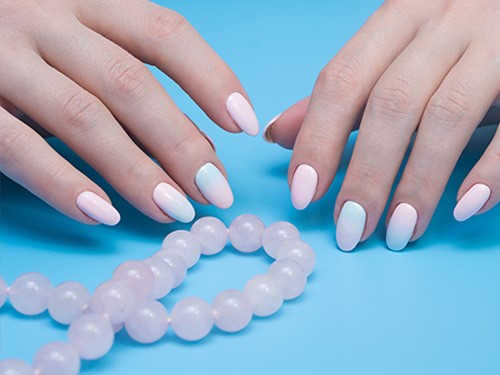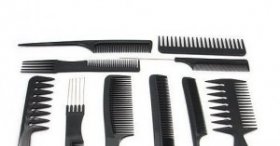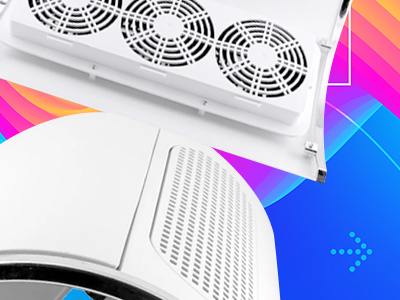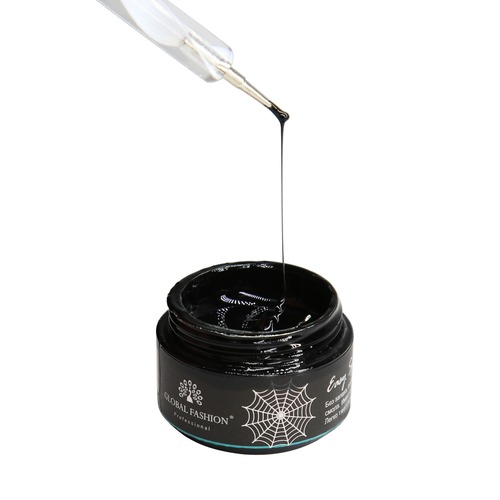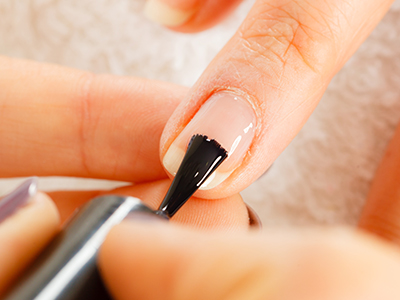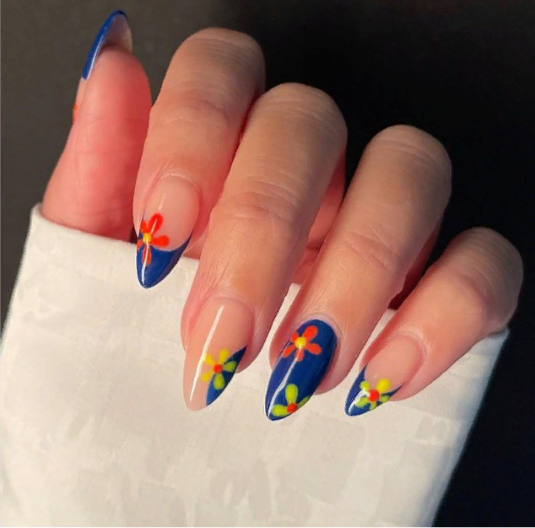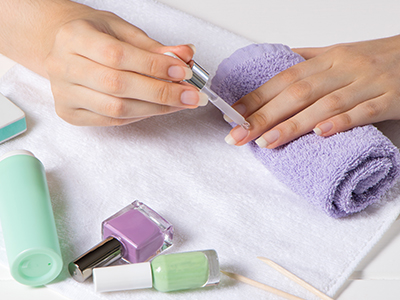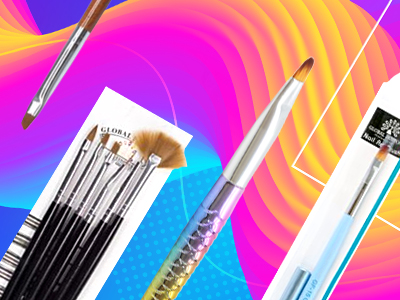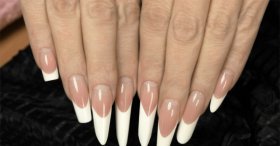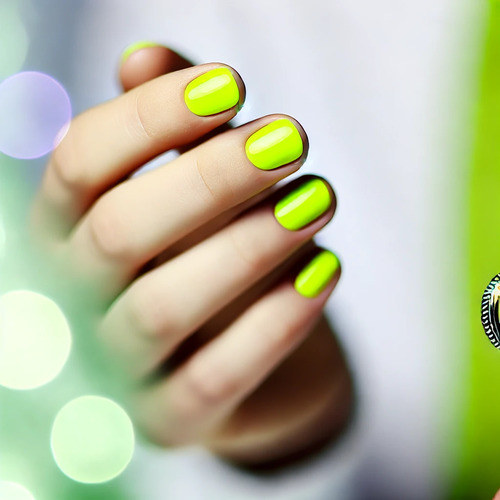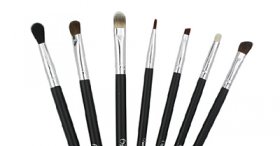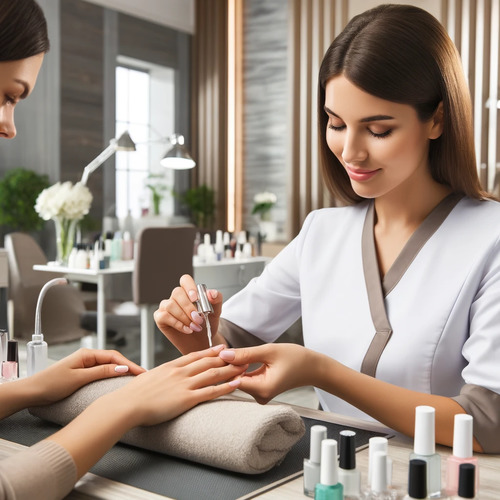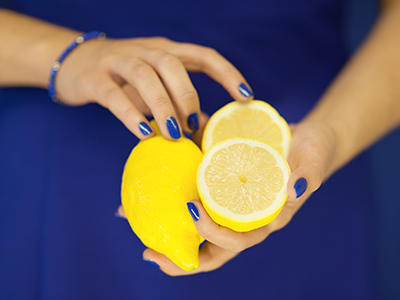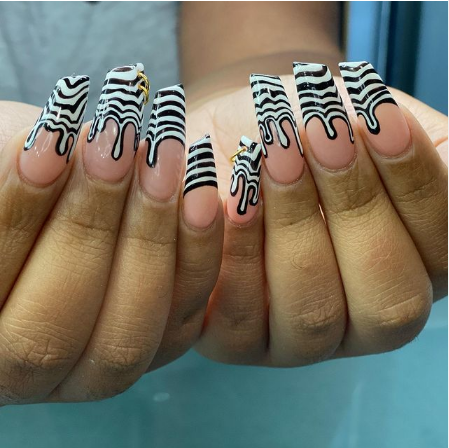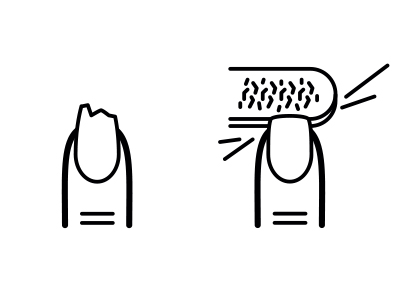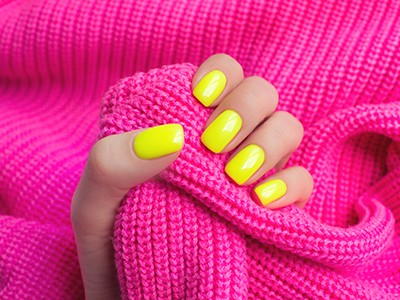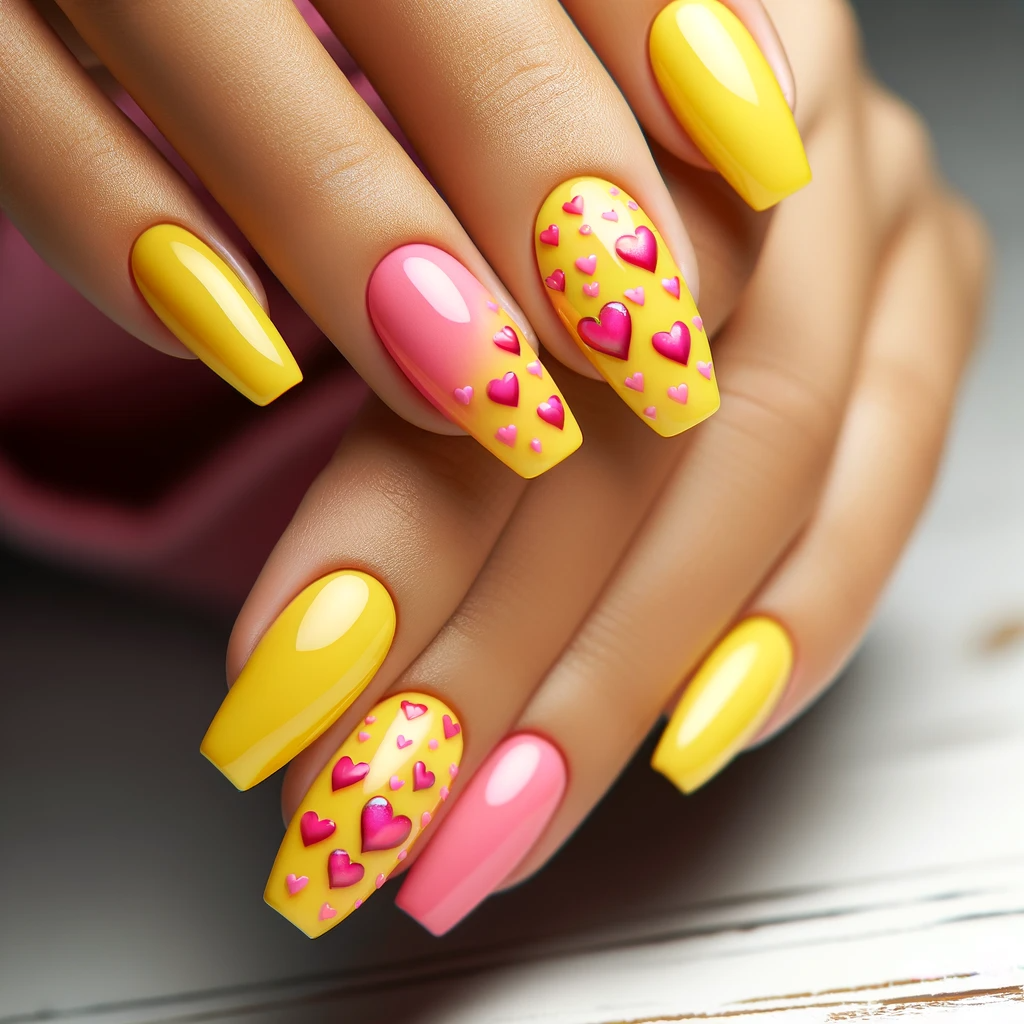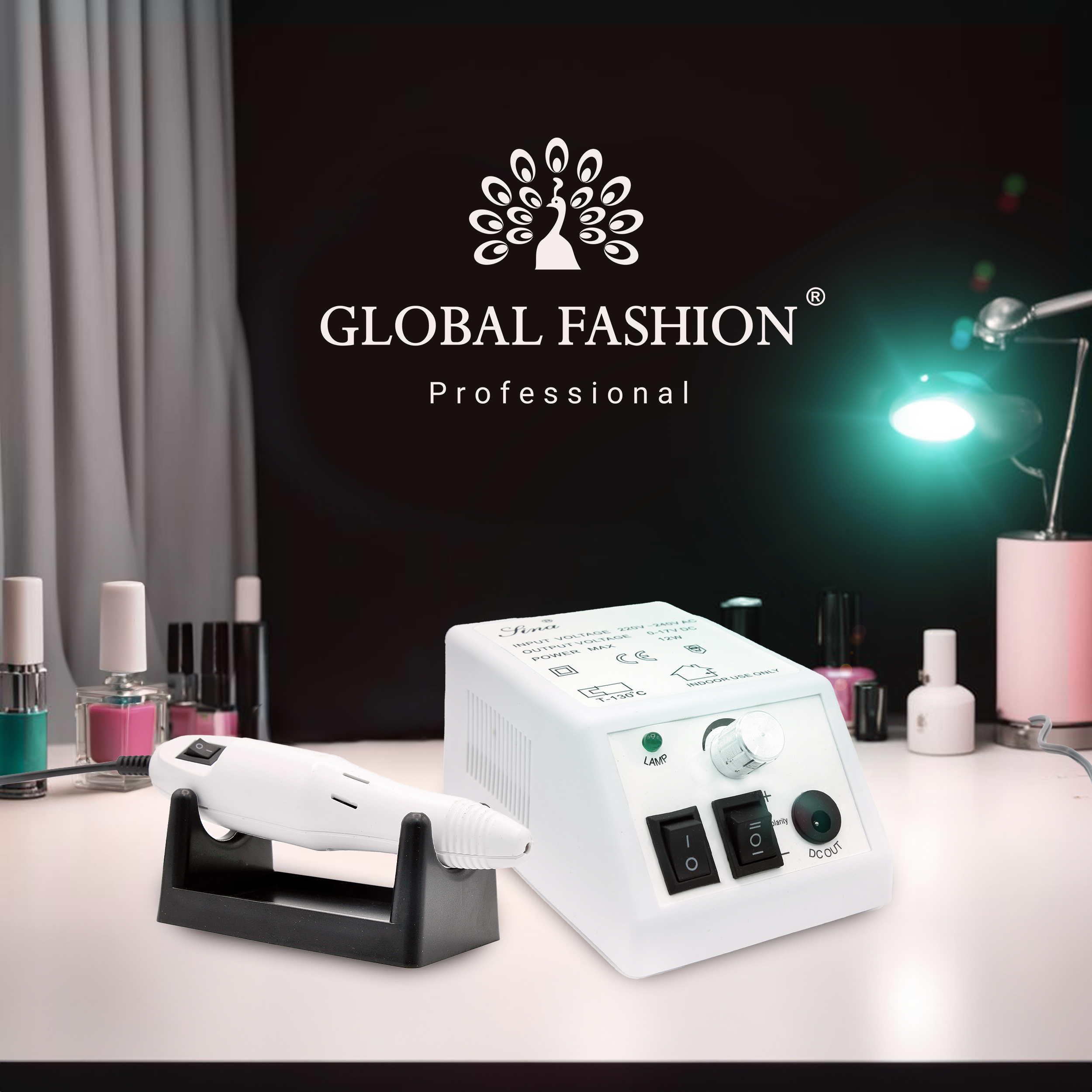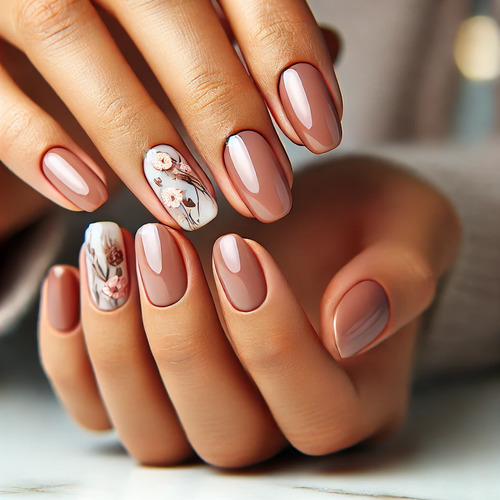Hardware manicure: how to avoid mistakes?
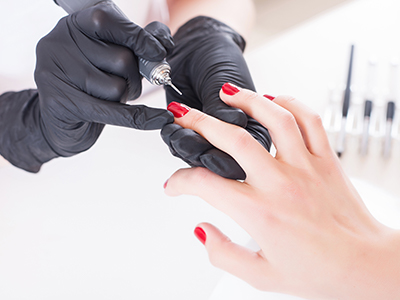
Hardware manicure is a whole technology, in places it is not easy and in order to learn it, you need to take some courses. And even when the master already has some skills, he can still make some mistakes in the technique of hardware manicure. After all, the one who does nothing is not mistaken, is it? In hardware manicure, there are several mistakes that masters make most often. Let's talk about them and try to show what, ha, what you should pay attention to when performing hardware manicure.
ERRORS WITH HARDWARE MANICURE
ERROR 1: Lack of hand and nail disinfection
It is believed that disinfection of hands and nails is needed only for trimmed manicure, where there is a risk of «picking up» the infection through a cut with sharp scissors. The rules for performing hardware manicure assume preliminary disinfection of the cutter nozzles. At the same time, many beginners forget about the need to disinfect the hands and nails themselves, considering it optional. During the procedure, there is a high probability of receiving microtraumas. Germs can enter through the damaged area, and inflammation begins. To avoid such unpleasant consequences, you need to purchase Sterillium, Octenisept or Chlorhexidine, and apply them to your hands before performing the procedure.
THIS: When processing hardware cutters, do not forget about disinfecting your hands and nails.
ERROR 2: Cuticle not fully opened
To cleanly remove the cuticle, it must be raised at least 90 degrees, otherwise it will not be possible to remove it completely. As a result, after 2-3 days the cuticle will start growing again. And the unopened cuticle can be easily damaged with a spherical cutter.
THIS: Open the cuticle completely.
ERROR 3: Incorrect finger grip when milling
When working with the cuticle, you need to keep your finger on top, working on the right side of the nail, and grab it from below when moving to the left side. When gripping with your left hand, support your finger with your right little finger to ensure that you move accurately. It is also recommended to push back the pad with the little finger to gain wider access to the lateral cuticles. If the finger is not properly gripped, it will be difficult to keep the blunt cutter parallel to the nail plate.
THIS: Always be careful about finger grip.
ERROR 4: Incorrectly selected cutter
Novice craftsmen may face such an error as the wrong cutter. The cutters should be selected individually. Firstly, at different stages of manicure, certain forms of cutters are needed. Secondly, the attachments must be selected according to the personal characteristics of the client - the condition of the hands and nails, the density and sensitivity of the skin.
The main forms of hardware cutters:
- The cylinder is shaped into the free edge of the nail plate and simulates the arch of the nail.
- A blunt cone is used to open the cuticle.
- With a spherical cutter, the «grooves» of the side ridges are opened and the raised cuticle is removed.
- The needle cutter is a great option for cleaning out pterygium.
- Flame cutter is suitable for processing side bolsters, removing calluses and cracks.
- Grind and level the surface of the nail plate with a rounded cylinder.
THIS: Choose the shape of the cutters correctly: for example, a blunt cone will cope with opening the cuticle, and a rounded cylinder will cope with grinding.
ERROR 5: Incorrect technique of cutting cuticle with a ball
Working with a ball mill should be done in two stages. First, you need to turn out the cuticle with a ball, that is, easily walk under it with the nozzle so that it rises at an angle of 90 °. And only after that start peeling off the skin with a ball. It will be removed easily and neatly. If you skip the first stage and immediately begin to cut off the semi-adjacent cuticle, then as a result, you can get microtrauma and burrs.
THIS: Always follow the two steps in the cuticle peeling technique.
ERROR 6: Wrong choice of abrasiveness
The quality of work at different stages of manicure depends on the abrasiveness of the cutters. For example, it is better to remove artificial turf with a harder cutter. With it you will not have to «cut» the same section of the nail for a long time.
Beginners mistakenly believe that a cuticle peeling ball should have a soft abrasiveness, starting to work with a cutter with a red or even yellow notch. It is not right. The effectiveness of cleaning is reduced significantly and you can tear the skin with a nozzle. Another disadvantage is that the soft-sprayed ball quickly clogs up, and by the fifth nail it will have to be replaced with a new one.
THIS: Remember that to lift the cuticle and sawdust of the coating, cutters with different abrasiveness are needed.
ERROR 7: Cutter speed too high or low
The speed of instruments for hardware manicure can reach 30,000 rpm. Professionals can afford to work at 10,000-12,000 rpm, and beginners are recommended to work in the range of 4000-6000 rpm. Getting started, you need to set the speed to 5000 rpm, and then vary according to your feelings, or the client. If the cutter slips, you should add speed, but if you feel a burning sensation, then it is better to slow down a little. And also you need to listen to the recommendations of professionals, as well as analyze your experience and take into account the peculiarities of the skin.
THIS: Always be careful when choosing the RPM of the cutter.
ERROR 8: Incorrect sequence of hardware manicure steps
Without a well-lifted cuticle and cleaned pterygium, it will be difficult to remove the skin with a ball, and even a polisher will not help to achieve the ideal surface of the treated area. Failure to follow the steps will affect the quality of the manicure and its lifespan.
In addition to removing the old coating, nail treatment with the apparatus includes 4 stages:
- Cuticle opening.
- Cleaning the sinuses of the lateral ridges and the area under the cuticle.
- Removal of the raised cuticle.
- Grinding the cut of the leather with a polisher.
It is important to follow the sequence of these steps. If the cuticle is not raised and the pterygium is not cleaned, it will not be easy to remove the skin with a ball. And, of course, breaking the sequence of the steps will affect the quality and durability of the manicure.
THIS: Observe the order of the stages: first you need to raise the cuticle, then - clean out the lateral sinuses and the «subcuticular» area, and only then - grind the cut.
ERROR 9: Long-term milling of one area
If you work with a cutter in the same area of the nail, cuts, microtrauma, and burrs will remain on the nail plate. Professional craftsmen recommend not staying in one place for more than 1 second. The cutter must move constantly, moving from site to site. Work must be started at an optimal speed of 4000-5000 per minute.
THIS: Do not hold the cutter in the same area for more than one second.
ERROR 10: Treating hands with damaged skin
If there is inflammation or burrs on the skin near the nails, hardware manicure is contraindicated. It is better to first put your nails in order, cure inflammation, and then restore beauty. If the nails are wet, the moisture-saturated nail plate is extremely difficult to process. The bits can become clogged with wet particles and you have to stop the process to bring the cutters into working order.
THIS: Do not use the apparatus on your hands with inflamed skin, first put it in order.
ERROR 11: Lack of hand and nail disinfection
It is believed that disinfection of hands and nails is needed only for trimmed manicure, where there is a risk of «catching» the infection through a cut with sharp scissors. The rules for performing hardware manicure assume preliminary disinfection of the cutter nozzles. At the same time, many beginners forget about the need to disinfect the hands and nails themselves, considering it optional. During the procedure, there is a high probability of receiving microtraumas. Germs can enter through the damaged area, and inflammation begins. To avoid such unpleasant consequences, you need to purchase Sterillium, Octenisept or Chlorhexidine, and apply them to your hands before performing the procedure.
THIS: When processing hardware cutters, do not forget about disinfecting your hands and nails.
You will find a wide range of quality manicure and pedicure machines at Global Fashion shop
19 bought
ID: 6415
Free delivery +
2 747 с
27 bought
ID: 17357
Free delivery +
2 943 с
5 bought
ID: 6390
Free delivery +
6 622 с
Published: 03.02.2021 15:23
Times Read: 4443
6692 bought
ID: 3678
275 с
3345 bought
ID: 3688
491 с
2329 bought
ID: 1863
343 с
1494 bought
ID: 11773
196 с
240 bought
ID: 2190
208 с
-15%
194 bought
ID: 11951
196 с
-20%
The minimum set of makeup brushes
Flat synthetic brush oval Makeup artists call it "cat tongue", but would be better if we didn't know that..
